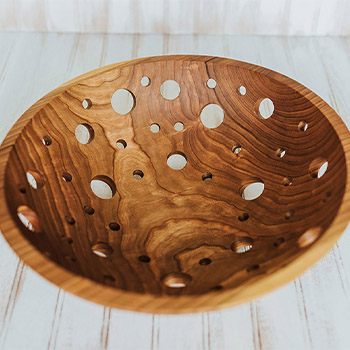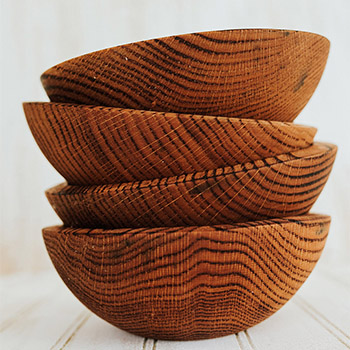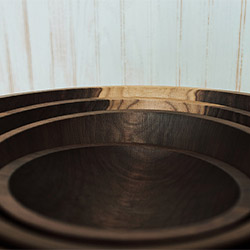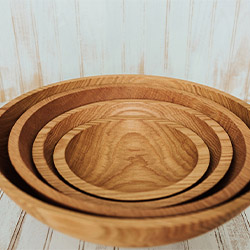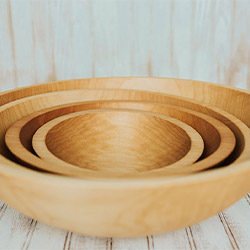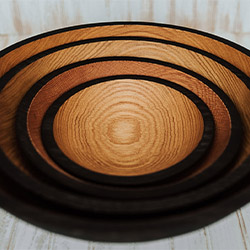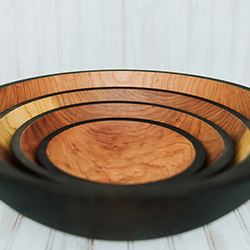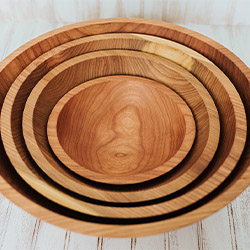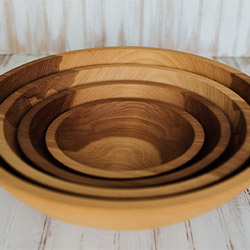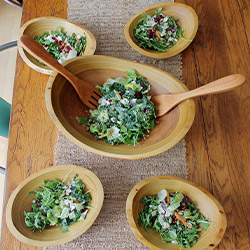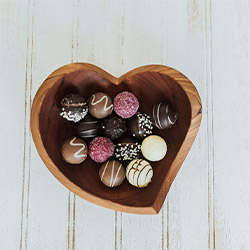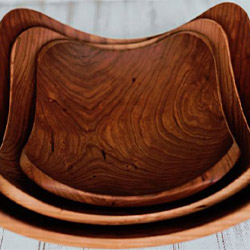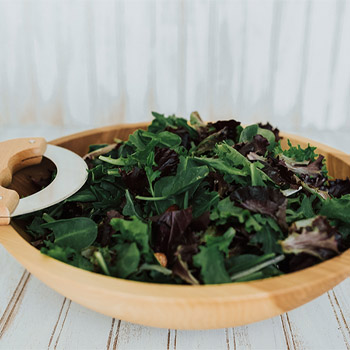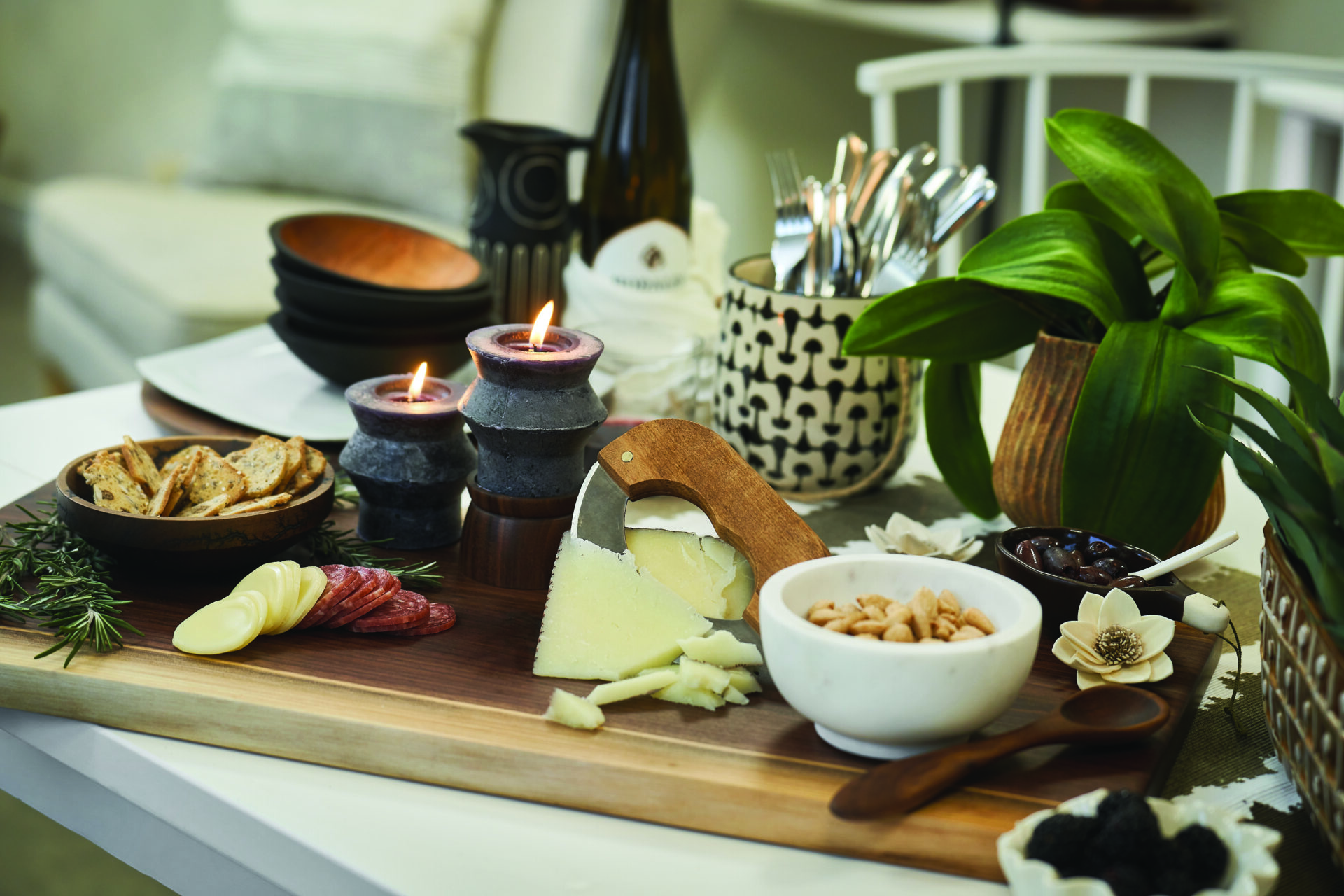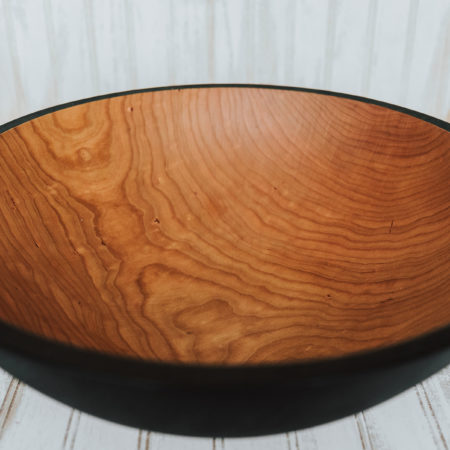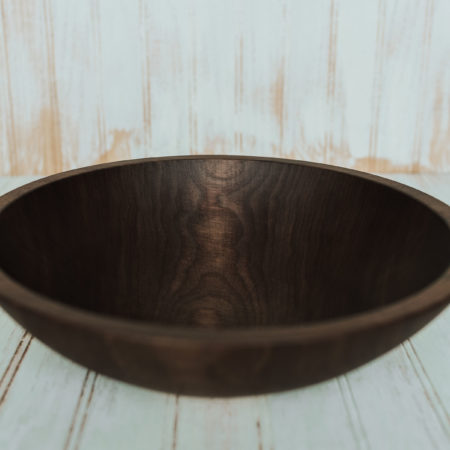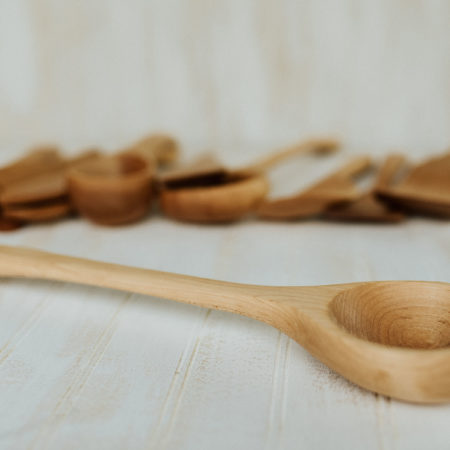When it comes to selecting handcrafted wooden bowls, you want to make sure that every detail aligns with your preferences. From the type of wood used to the finishing touches, each aspect plays an important role in the piece’s overall quality. By following expert tips on craftsmanship, wood type, size, finishing, and pricing, you can make a well-informed decision that reflects your taste and values in artisanal pieces. But what truly sets apart a good wooden bowl from a great one? Stay tuned to discover the nuances that elevate your selection process to a whole new level.
Key Takeaways
- Consider wood type for durability and aesthetics.
- Inspect craftsmanship for seamless joints and smooth finish.
- Choose size and depth based on intended use.
- Check finishing for smoothness and protective qualities.
- Evaluate price in relation to craftsmanship and design.
Consider the Wood Type
When selecting a handcrafted wooden bowl, consider the wood type carefully to ensure durability and aesthetics align with your needs. Wood quality plays a vital role in the overall appeal and longevity of the bowl. Different woods offer varying levels of durability and visual appeal. For example, hardwoods like maple, cherry, and walnut are known for their sturdiness and attractive grain patterns, making them popular choices for wooden bowls. On the other hand, softwoods like pine may not be as durable but can still provide a charming rustic look.
Aesthetics are equally important when choosing a wooden bowl. The type of wood determines the color, grain, and overall appearance of the bowl. Each wood species has its unique characteristics, so consider what appeals to you visually. Some woods may have a lighter or darker hue, prominent grain patterns, or even natural imperfections that add to the uniqueness of the bowl. By carefully examining the wood type, you can ensure that your handcrafted wooden bowl lasts long and adds a touch of beauty to your home.
Examine the Craftsmanship
To assess the quality of a handcrafted wooden bowl, closely examine the craftsmanship for fine details and precision in construction. When inspecting a wooden bowl, here are three key aspects to evaluate:
- Seamless Joints: Verify that the bowl’s joints are meticulously crafted without any visible gaps or rough edges. Smooth, seamless joints indicate skilled craftsmanship and attention to detail.
- Even Finish: Scrutinize the surface of the bowl for an even finish free of blotches, scratches, or rough spots. A well-finished bowl showcases the artisan’s dedication to quality and enhances the overall aesthetic appeal.
- Consistent Thickness: Glide your hand along the bowl’s edges to check for consistent thickness. A bowl with uniform thickness demonstrates the craftsman’s precision in shaping the wood and ensures durability over time.
Assess Size and Depth
Evaluating the size and depth of a handcrafted wooden bowl is important to confirm its suitability for your needs and preferences. When examining a wooden bowl, consider the material quality and functional design to validate it meets your requirements.
The material quality influences the durability and aesthetics of the bowl. Opt for high-quality wood like maple, cherry, or walnut for a long-lasting piece that adds warmth to your space. Additionally, inspect the functional design to determine if the bowl’s size and depth align with your intended use.
A larger bowl may be ideal for serving salads or fruits, while a deeper bowl could be perfect for holding soups or stews. However, a shallower bowl might be more suitable if you’re looking for a decorative piece. By carefully evaluating the size and depth in relation to material quality and functional design, you can choose a handcrafted wooden bowl that not only complements your needs but also enhances your space with its unique charm.
Check for Finishing Details
Examine the surface of the wooden bowl closely for any finishing details that indicate the craftsmanship and care put into its creation. Finishing techniques play an important role in not only enhancing the aesthetics but also ensuring the durability of the bowl. Here are three key aspects to contemplate:
- Smoothness and Consistency: Run your fingers along the surface to feel for smoothness and consistency. A well-finished wooden bowl should have no rough patches or uneven areas, indicating a high level of craftsmanship and attention to detail.
- Lustre and Shine: The finish of the bowl should have a pleasing lustre that enhances the natural beauty of the wood. Look for a finish that brings out the unique designs and grain patterns of the wood, adding to the overall aesthetics of the piece.
- Sealing and Protection: A quality finish not only adds to the visual appeal but also seals and protects the wood from moisture and other elements. Make sure that the finish is applied evenly and covers the entire surface to ensure longevity and resilience.
Evaluate Price and Value
Examine the price tag of the handcrafted wooden bowl closely to determine its value in relation to the finishing details you’ve assessed. When evaluating the price, consider the quality of the craftsmanship, the design’s uniqueness, and the piece’s investment potential. To help you make an informed decision, compare prices across different sellers and assess whether the cost aligns with the intricacy and skill evident in the bowl’s construction. Remember, a higher price doesn’t always equate to better quality, so make sure you’re paying for the actual value provided.
| Price Range |
Quality Assessment |
Investment Potential |
Unique Design |
| Low |
Basic finish may have imperfections |
Limited potential for appreciation |
Common design, mass-produced feel |
| Medium |
Good craftsmanship, few minor flaws |
Moderate potential for appreciation |
Semi-unique design, some creativity |
| High |
Excellent finish, flawless construction |
High potential for appreciation |
Unique, artisanal design, standout piece |
Final Thoughts
By considering the wood type, craftsmanship, size, finishing details, and price, you can guarantee that you’re investing in a quality piece that will enhance your dining experience.
Pay attention to the details, trust your instincts, and choose a bowl that speaks to your own unique style and preferences.
Happy bowl hunting!

